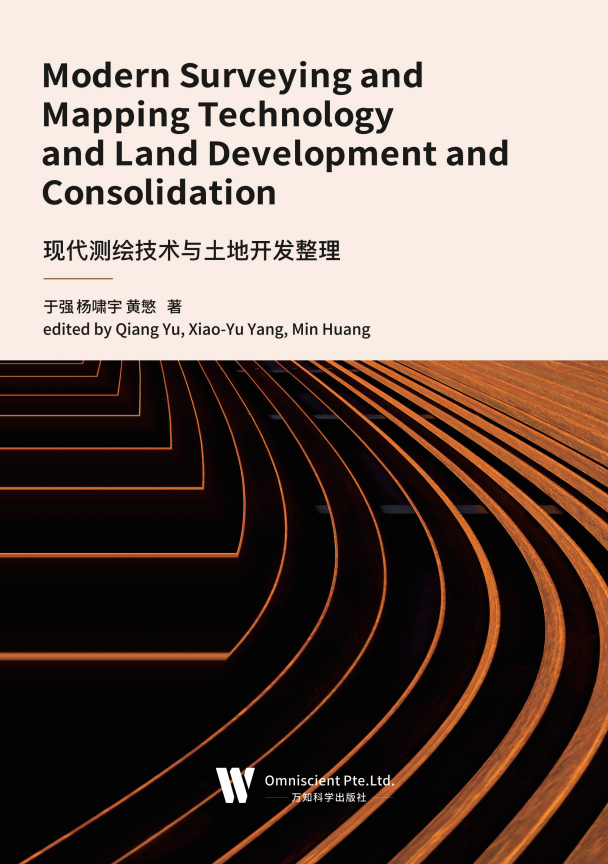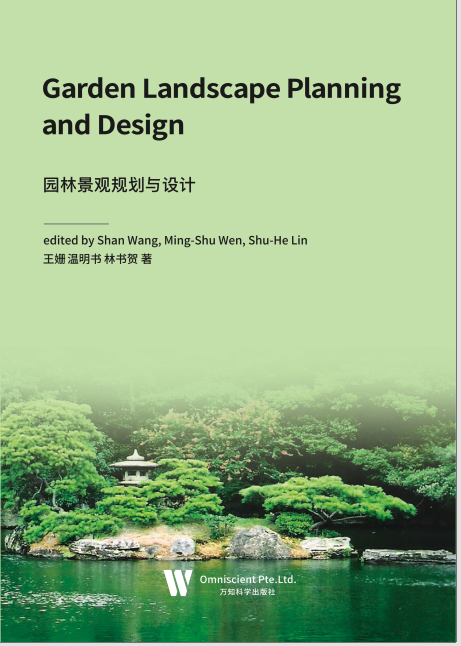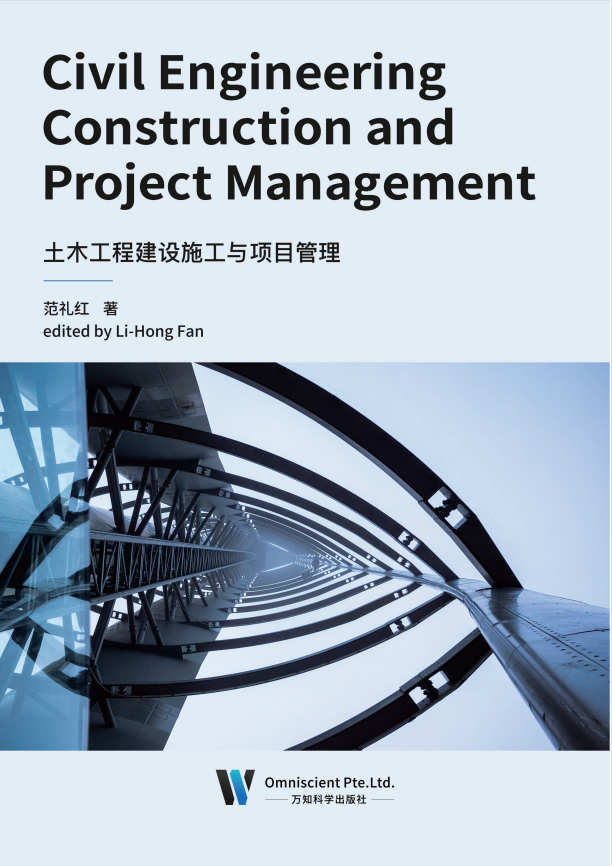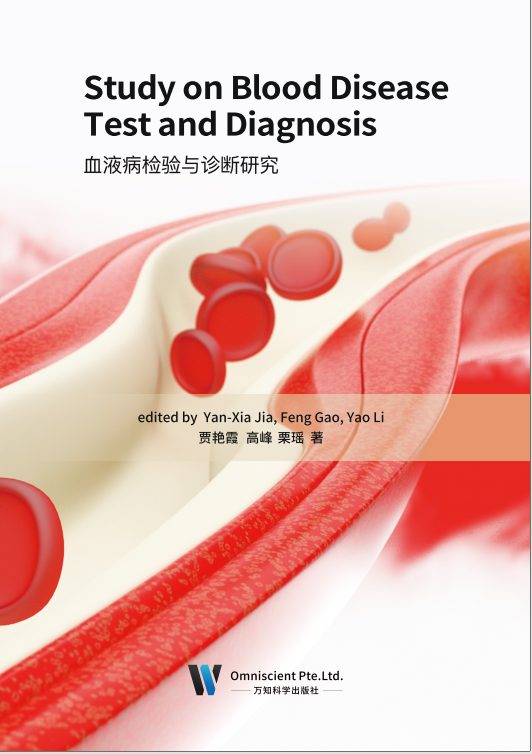
森林是一个国家的重要资源,木材是国际上公认的四大原材料之一。所谓的林 业用地面积指的是生长,草木,竹类,灌木,沿海,红树林等一些树木的土地面积。 根据调查了解,我国全国林业用地面积为 26329.5 万公顷,森林面积居于世界前列, 增长势态十分迅猛。木本植物有 8000 多种,野生植物约有三万多种。由此可见发展 林业产业存在巨大的潜力,我国林业产业方面的内容十分丰富,产业链长,并且就 业空间十分广阔。 在新时代的发展过程中,森林食品,森林旅游,野生动植物繁育等产业正在快 速地进行发展。其中林业生物质能源,生物材料以及生物制药等领域也有了进步。 目前,火热的森林旅游为代表的林业产值不断增长,好森林公园逐步有序地开发。 森林旅游是当前社会经济中,市场巨大的旅游产业,发展前景十分广阔,近年来, 传统的观光旅游已经不断开发,度假,运动疗养等多个方面的旅游方式。已经成为 旅游中人们休养生息,缓解心情的旅游胜地,森林旅游已经成为林业产业中的龙头 产业。因此,可以大力发展森林旅游业,发挥林业的多样性的功能,促进林业地区 的经济发展,有利于推进生态文明的建设,总而言之,森林旅游业具有十分重要的 意义。 随着时代的发展,我国林业产业方面正在不断地进步,发展劲头十分强势,产 业的规模也在不断地扩大。林业产业的形式呈现着稳定上升的趋势,人造板等家具 大量进行出口,木地板和经济林业等林产品产量稳居世界的第一位,森林经济的产 量也在不断地提高,对社会经济的发展做出了突出的贡献。

随着我国经济的不断发展和信息化技术的不断加强,越来越多的行业已经与信 息技术联手,共同打造出了一个全新的天地。在土地开发整理的过程中,利用了测 绘技术的信息化处理,不仅使土地开发的精确度增强,而且节约了开发成本。 在土地的开发整理过程中,测绘技术贯穿整个工程项目,测绘技术在土地开发 的各个阶段的勘测图会会根据实际的需要有着不同的作用和意义,能够为整个土地 开发提供科学的信息指导,对于土地开发的每个细节流程提供科学的依据,在每个 阶段进行决策时,提供合理的决策信息,能够节约土地开发的资金成本和缩短时间 的工程流程,加快工期进度。在开展土地开发的前期,最原始和最基本的数据就是 测绘数据,同时,测绘数据也是整个项目计划、开展和完成的基础保障数据。 随着我国土地开发整理的不断发展,测绘技术要求也越来越高,并且贯穿在整 个土地开发整理的过程之中。然而在实际的发展之中,我们依旧需要进行测绘技术 的完善和研究,使其更好地适应我国土地开发整理工作的需要,并且将测绘技术管 理进行细化,使不同的土地开发整理,都会有相应的测绘技术支撑,大大节省技术 成本和提高施工的精确度。在未来,随着现代化科学技术的不断完善,测绘技术在 土地开发整理的应用上会有更好的发展前景。

What is landscape? The original meaning of landscape is light. It is mentioned in Shuo Wen that landscape is the light. It is noted by Yucai Duan that where is the light, where is the shadow. Light and shadow make the image exist. So the landscape has the meaning of images. What is viewing? Viewing is to scanning so that viewing can refer to images. Anshi Wang, a Chinese poet, said that the most extraordinary view of the world is often located in remote and dangerous places. Therefore, the word “scenery” also has a lot of repeated synonyms. Generally speaking, one word “landscape” is enough, such as city view, street view, sea view, etc. In ancient Chinese books, gardens, according to their different natures, are also called Yu, Yuan (park), Yuan (garden), courtyard, Bieye, Shanzhuang (villa), etc. The concept of modern gardens is much larger than that of traditional gardens. With the further development of landscape architecture research and the development of theory and practice, Dr. Binyi Liu proposed a new concept “Landscape Studies”, that is, landscape architecture, which expanded from landscape planning, design and construction to include the management of landscape resources, heritage protection and other aspects of research, and even pure theoretical research.
Landscape engineering refers to the use and transformation of natural landscape or artificial landscape in a certain area, combined with plant planting and architectural layout, so as to form a whole process of landscape environment for people to watch, travel and live. Landscape engineering is a subject that studies how to create a beautiful and pleasantlandscape environment, such as the engineering design, engineering management, construction technology and principle, the use of new materials and new technologies in landscape architecture. Modern urban landscape plays an increasingly important role in urban construction, mainly because landscape is not only ornamental, but also bears theimportant responsibility of protecting urban ecological environment. At present, as an important part of urban ecological environment and cultural atmosphere construction, landscape planning and design are of great significance.
前 言
何谓景?景的本意是光,《说文》:“景,”光也。”段玉裁注:“光所在处,物皆有阴。有光必有影,光和影共同成就了象,所以景具有象的含义。何谓观?《说文》:“观,谛视也。”谛的意思是审视。由此,观也引申出景象的意思,王安石名句:“而世之奇伟瑰怪非常之观,常在于险远。”所以景观二字也有很大同义反复的成分,一般用一个景字已经足矣,如城景、街景、海景等。园林在中国古籍里根据不同性质也称作囿(柚)、苑、园、庭园、别业、山庄等,现代园林的概念与传统的园林相比要大得多。随着风景园林研究的进一步深入,理论和实践的发展,刘滨谊博士提出了一个新的概念“Landscape Studies”,即景观学,使风景园林从景观规划设计与建造扩展为包括景观资源的管理,遗产的保护等方面的研究,甚至包括纯理论方面的研究。
园林工程是指在一定的地段范围内,利用并改造自然山水地貌或者人为地开辟山水地貌,结合植物的栽植和建筑的布置,从而构成一个供人们观赏、游息、居住的园林景观环境的全过程一般称之园林工程,过去也称为造园。研究园林的工程设计,工程管理,施工技术及原理,园林中新材料、新技术的利用等如何创造优美宜人的园林景观环境的学科就是园林工程学。现代城市的园林景观在城市建设中占着越来越重要的地位,主要是因为园林景观不仅仅只具备观赏性,还承担着保护城市生态环境的重要职责。目前,园林景观作为城市生态环境、文化氛围建设的重要内容,其规划和设计的内容都有种非常重要的意义。

土木工程是工程项目建设过程中至关重要的一环,其对工程质量、进度和安全 起着举足轻重的作用,因此加强土木工程施工项目管理有利于提高工程质量,保障 施工进度,确保施工安全。本文首先简要分析了当前土木工程施工过程中所存在的 问题,然后从工程质量、进度和安全三个角度进一步论述了强化施工项目管理的方 法对策,旨在提高土木工程的建设水平。 随着我国社会经济的蓬勃发展以及城市建设的迫切需求,建筑工程项目在城市 的各个角落遍地生花,得到了巨大的发展空间。土木工程作为整个工程项目过程中 至关重要的一环,直接影响着建筑工程整体的质量、进度和安全等诸多方面,因此 加强土木工程施工管理力度,有利于提高工程质量,保障施工进度,确保施工安全, 这对于提高土木工程整体水平有着十分重要的意义。 建筑行业发展不断到达新高度,土木工程建设质量得到各界人士的广泛关注, 其项目管理水平高低直接关系着土木工程建设质量,因此,要充分认识项目管理的 重要性,以及对建筑项目社会效益和功能性的影响。采取有效的管理措施,前提制 定完善的项目管理制度,保证工程项目有序进行,以达到工程建设预期目标。在此 基础上,合理规划施工周期,从而创造更大经济收益,提升工程项目整体的社会价 值,对土木工程良好发展起到促进作用。

With the new development of basic medical science and laboratory technology, the laboratory application of immunocytology, cytogenetics and molecular biology, automatic cell morphology analyzer and flow cytometry, the diagnosis basis of hematological diseases has gradually developed from the observation of cell morphology under light microscope to the examination form of multidisciplinary fusion. In practice, the examination of cell morphology still plays an important role. The application of various techniques improves the accuracy of the diagnosis of blood diseases and plays an important role in judging the prognosis.
The development direction of Hematology in the future is to explore new therapeutic targets, biological effect therapy and gene therapy, which pose new challenges to the development of molecular pathological diagnosis of Hematology. The development of Hematology ultimately depends on the progress of diagnostic technology. Classical cytomorphological diagnosis technology, combined with flow cytometry, immunolabeling, molecular genetics, genomics and proteomics, has become the necessary technology for accurate diagnosis of hematological diseases, and even the standard for diagnosis of some diseases.
前 言
随着医学基础科学和实验室技术的新发展,免疫细胞学、细胞遗传学和分子生物学,全自动细胞形态分析仪以及流式细胞仪的实验室应用,血液病的诊断依据由原来的以光学显微镜细胞形态观察为主逐渐发展为多学科融合的检查形式。实践中细胞形态的检查仍占重要地位, 多种技术的检验应用为血液病的诊断提高了准确性,在判断预后方面起重要作用。
未来血液病学的发展方向是探索新的治疗靶点、生物效应治疗和基因治疗等领域,这些对血液病分子病理诊断学的发展提出新的挑战。血液病学的发展,最终要依赖于诊断技术的进步。经典的细胞形态学诊断技术,结合流式细胞术、免疫标记、分子遗传学、基因组学及蛋白质组学技术等已经成为血液系统疾病精确诊断的必备技术,甚至成为某些疾病诊断的标准。